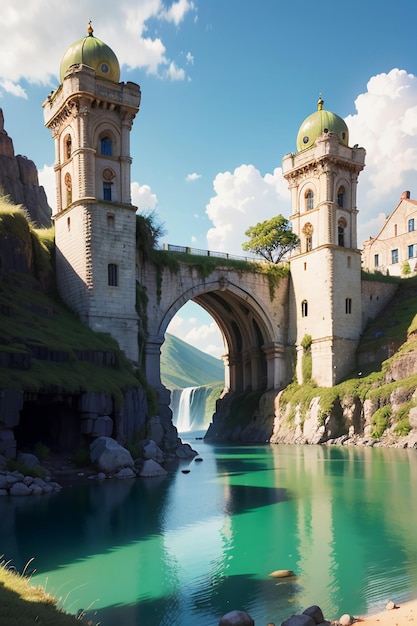Crafted by Myths – Tbilisi, the Enchanting Heart of Georgia


Tbilisi, the capital of Georgia, is a city bursting with growth and vibrancy, yet it still treasures its historical roots. According to local legend, this area was covered in forest until the fifth century AD, when King Vakhtang I Gorgasali was out hunting. He saw pheasants fall into a hot spring and come out perfectly cooked, which inspired him to establish a city here. As you stroll through the narrow, cobblestone streets of the Old Town, known as Kala in Georgian, take a moment to admire the intricately carved wooden balconies on the old houses.
Be sure to visit the Church of Metekhi, built in the 1200s on the rocky banks of the River Mtkvari, as well as the Sioni Cathedral from the seventh century and the Anchiskhati Church, the oldest church in Tbilisi. For a broader view of the city, climb the walls of Narikala Fortress. Built in the fifth century and expanded during the Arab occupation, this fortress offers panoramic views. In front of it stands the statue of Kartlis Deda, or Mother Georgia, who holds a cup of wine in her left hand to greet friends and a sword in her right hand to fend off enemies.
For a bit of relaxation, visit one of Tbilisi’s famous sulfur baths, especially in the Abanotubani district, or take a peaceful break in the Botanic Gardens, established by the Tsar in 1845. The city also boasts several noteworthy museums, such as the State Museum of Georgia, which houses the skull of the first European inhabitant, dating back 1.7 million years, along with an impressive collection of artifacts and gold jewelry from the pre-Christian era. The museum also preserves icons, crosses, and other exquisite works of art from the Middle Ages.